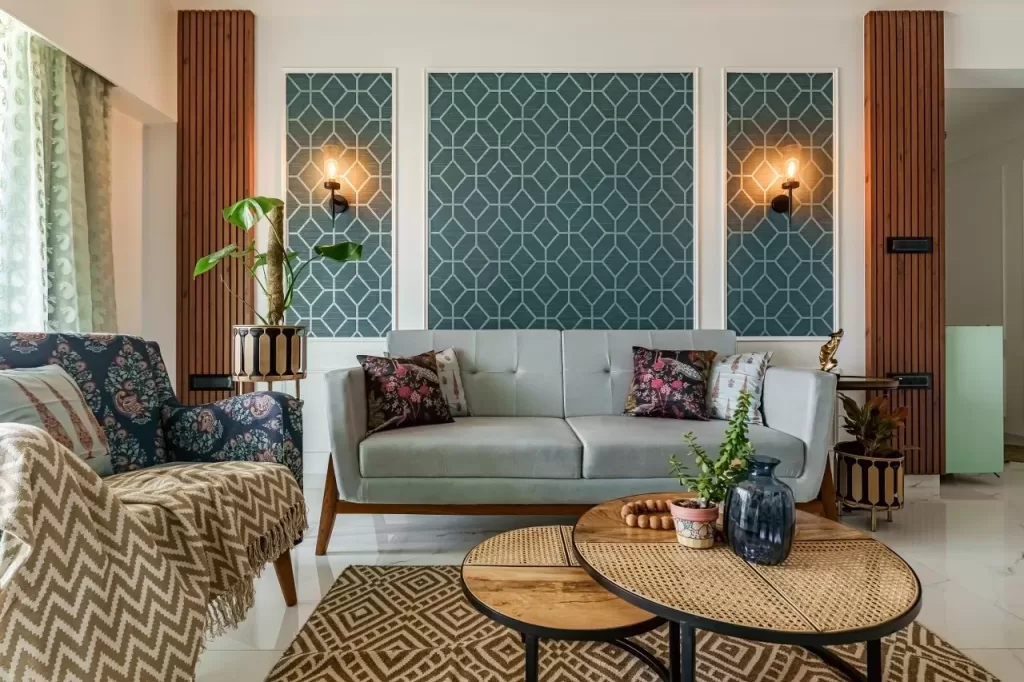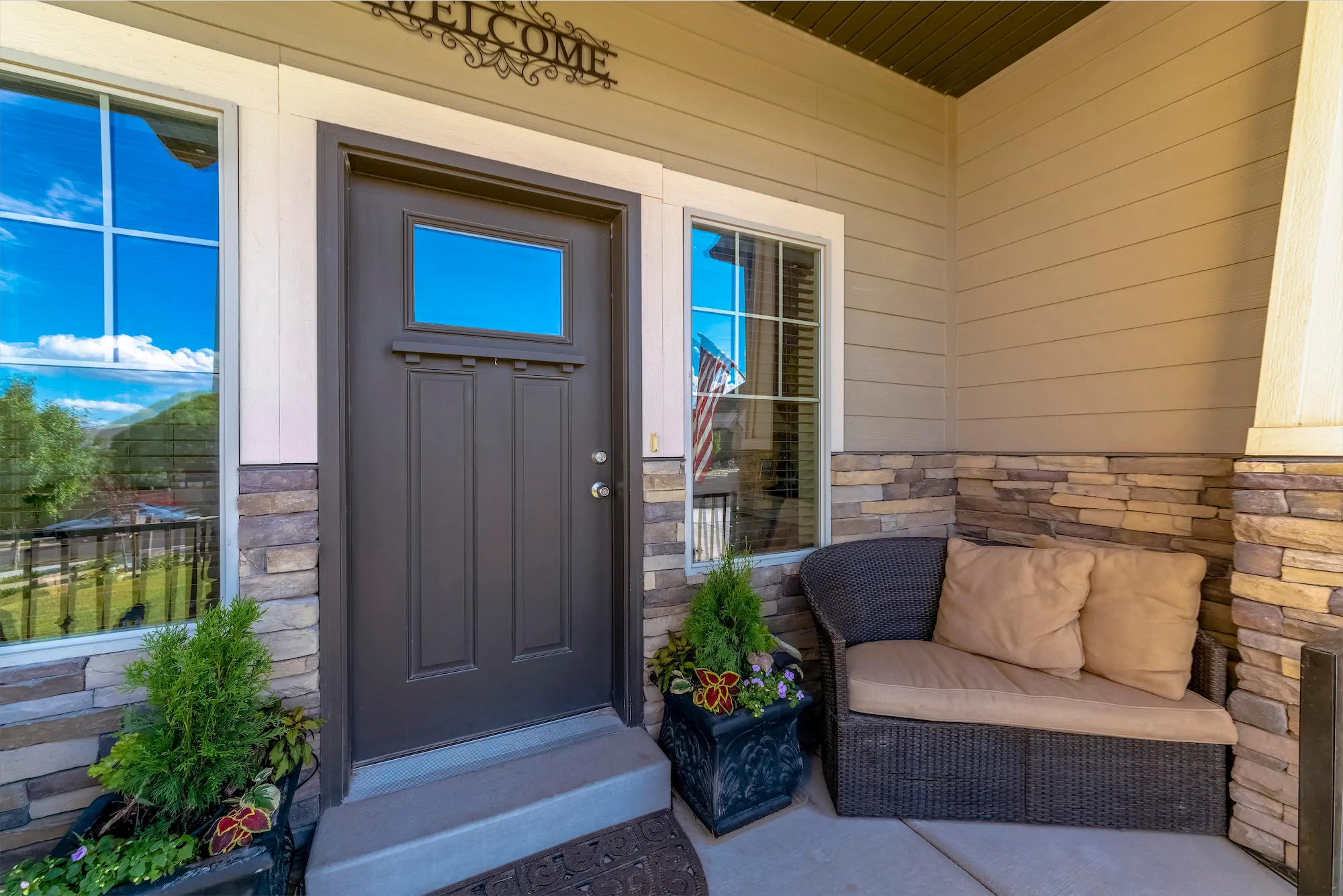Elegant Wall Moulding Design Ideas for Every Room

Wall moulding design is a timeless architectural feature that adds depth, character, and elegance to any interior space. Whether you’re updating a modern home or revamping a traditional room, moulding offers a stylish way to define spaces, highlight walls, and create a luxurious feel. In this guide, we’ll explore everything from the basics of wall moulding design to creative trends and expert tips for installation and styling. If you’re searching for inspiration or planning your next interior upgrade, wall moulding can be a game-changer in your design journey.
What Is Wall Moulding Design?
Wall moulding design refers to the decorative trim and profiles applied to walls and ceilings. These accents can frame architectural features, create symmetry, and bring visual interest. Mouldings come in various materials and styles, from ornate classical motifs to sleek modern lines.
Types of Wall Moulding
Crown Moulding
Crown moulding is installed where the wall meets the ceiling. It adds height and elegance, often seen in formal living rooms and dining areas.
Baseboard Moulding
This is placed along the bottom edge of walls, offering both protection and a finished look.
Chair Rail Moulding
Originally used to protect walls from chairs, this horizontal trim also helps visually divide a space.
Picture Rail Moulding
Used to hang artwork without damaging walls, picture rails add a charming, historical touch.
Panel Moulding
Panel moulding forms square or rectangular shapes on walls, perfect for wainscoting or creating a framed effect.
Wainscoting
Wainscoting involves wood panels or beadboard applied to the lower third of a wall, often paired with chair rail moulding.
Popular Wall Moulding Design Styles
Classic and Colonial
Think ornate crown moulding and symmetrical panel designs—ideal for traditional homes.
Modern Minimalist
Straight lines, thin trims, and subtle textures enhance contemporary interiors.
Transitional
A mix of traditional and modern elements for a timeless look. Often seen in upscale suburban homes.
Victorian
Highly decorative and detailed, with floral motifs and multiple layers of trim.
Scandinavian-Inspired
Light colors, sleek lines, and subtle geometric mouldings bring minimalist sophistication.
Best Materials for Wall Moulding
- MDF (Medium-Density Fiberboard): Affordable, easy to paint, and great for interiors.
- Wood: Classic and elegant, though more expensive and requires maintenance.
- Polyurethane: Lightweight, flexible, and moisture-resistant.
- PVC: Best for bathrooms or kitchens due to its water resistance.
Design Tips for Wall Moulding Success
Match Moulding to Room Size
Large rooms can handle bold, intricate mouldings. Smaller spaces benefit from simpler, cleaner lines.
Choose the Right Paint
White is classic, but bold hues or tone-on-tone shades can create a contemporary feel.
Use Moulding to Enhance Architecture
Highlight ceilings, arches, or focal walls using moulding as a design tool.
Combine with Wallpaper
Frame wallpaper sections using panel moulding for a luxurious, layered look.
Think Vertically
Vertical strips can make walls appear taller and add visual interest in narrow rooms.
Wall Moulding Design Ideas for Every Room
Living Room
Create feature walls with panel moulding or full wainscoting. Add crown moulding to elevate the ceiling.
Bedroom
Frame the bed with moulding panels or use decorative trim to outline headboards.
Dining Room
Go for elegant wainscoting or bold picture rails to highlight artwork or create a gallery vibe.
Hallways
Use chair rails or slim vertical trims to turn a boring corridor into a stylish pathway.
Bathrooms
Install moisture-resistant mouldings like PVC to add character to compact spaces.
Cost of Installing Wall Moulding
- DIY: Costs between $1–$3 per linear foot depending on materials.
- Professional Installation: Expect to pay $5–$15 per linear foot, including labor.
Wall Moulding and Home Value
According to interior designers, well-installed wall moulding can increase home value by adding perceived luxury and craftsmanship. It enhances resale appeal, especially in older or character-rich homes.
Tools & Supplies Needed for DIY Moulding
- Measuring tape and level
- Miter saw or hand saw
- Construction adhesive or nail gun
- Caulk and filler
- Sandpaper and paint
Common Mistakes to Avoid
- Poor Measurements: Inaccurate cuts can ruin symmetry.
- Ignoring Wall Prep: Dirty or uneven surfaces prevent proper adhesion.
- Overdoing It: Too much moulding can overwhelm a space—balance is key.
Where to Buy Wall Moulding Designs
You can find moulding at home improvement stores like:
- Home Depot
- Lowe’s
- Wayfair
- Local lumberyards or custom millwork shops
Expert Insights on Wall Moulding Trends
Interior designers are leaning into:
- Fluted panels
- Curved corner trims
- Painted moulding in matte black or jewel tones
- Mixing moulding profiles in one space
Conclusion
Wall moulding design is more than just trim—it’s a powerful interior design element that brings sophistication, structure, and charm to any space. Whether you’re updating a room or designing from scratch, moulding allows you to creatively express style while enhancing home value. Try experimenting with shapes, materials, and colors to discover what works best for your space.



